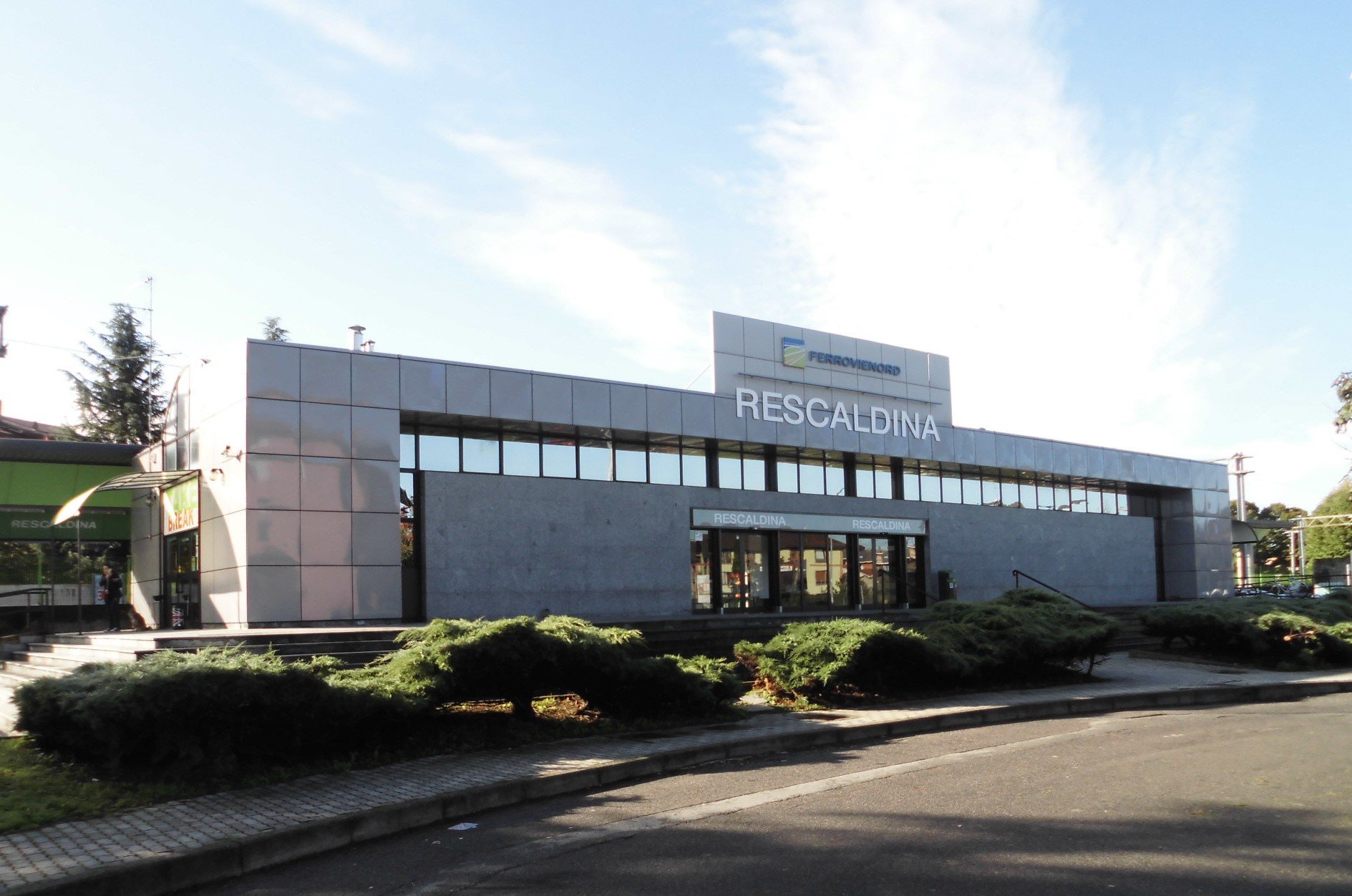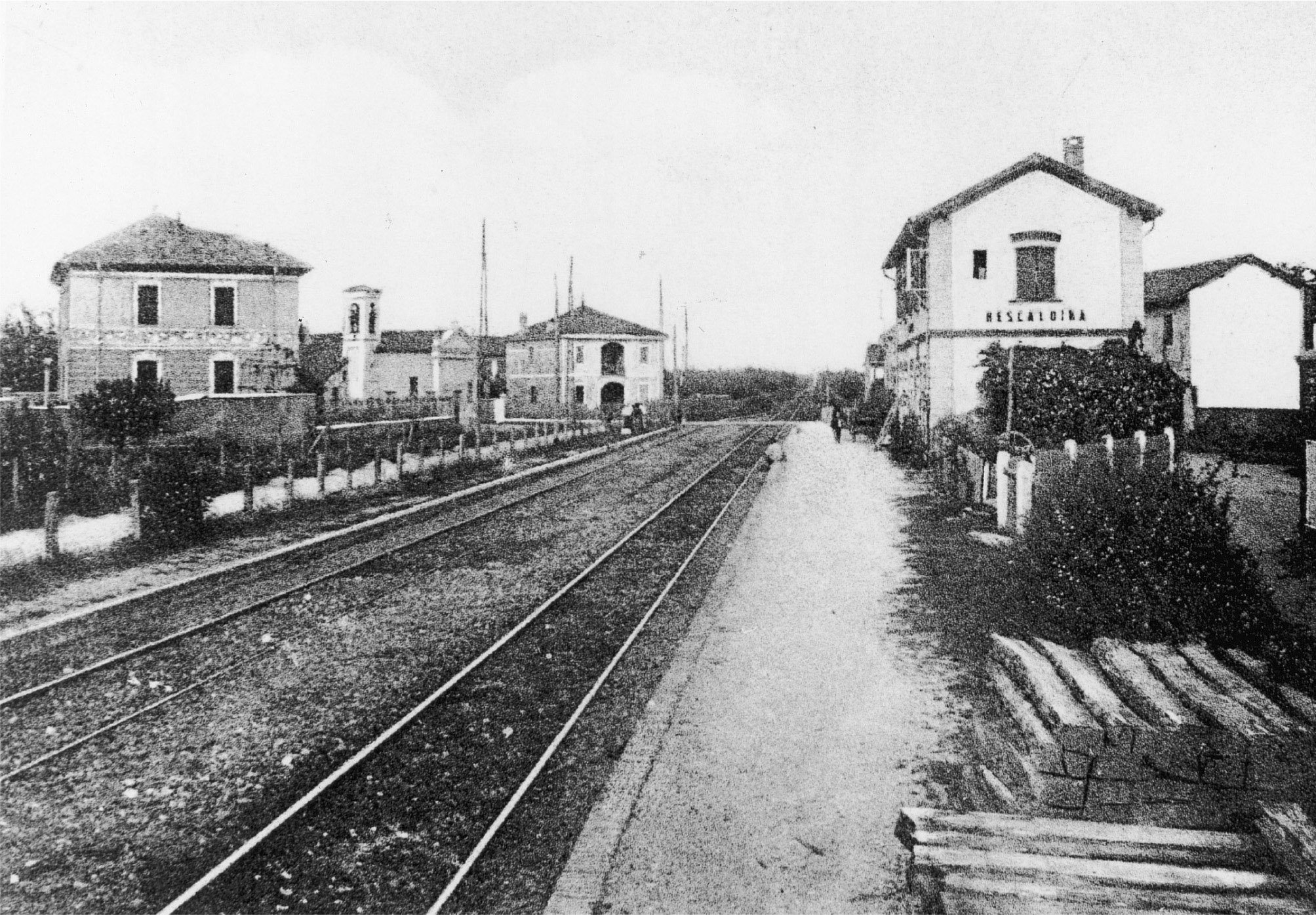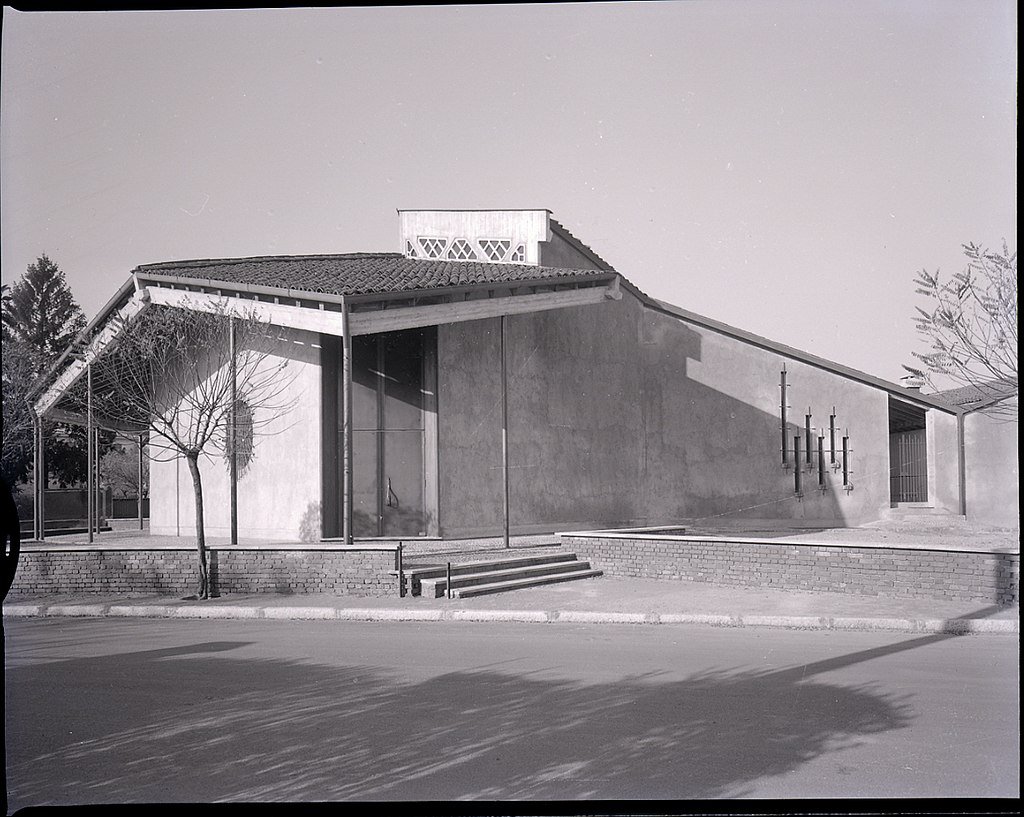Rescaldina


From its origins until the end of the 19th century, Rescaldina was a rural village based on subsistence farming. Textile company Bassetti, founded in Milan in 1830, opened its first facility in Rescaldina in 1840. Over the next few decades the factory flourished, and in 1908 its mechanisation led to the growth of the local economy, which in the early 20th century became mainly industrial in the textile sector. With the need for loom maintenance and repair, this expanded to include the engineering and metalworking sectors, specifically cast-iron casting, providing a huge income boost to the local economy. Bassetti (now part of the Zucchi Group), houses the "Zucchi Collection” Museum at its Rescaldina site, the largest collection in the world of wood and metal blocks for hand-printing on fabric dating from the late 1700s to 1930.
The opening of the Saronno-Busto Arsizio section on 5 October 1887 connected it directly to Milan and Novara with the railway built by FNS, with Rescaldina being the first station after the Saronno junction towards Novara.
Gallery

Rescaldina station in the early 1900s 
The old station in the early 1990s, just before demolition 
This sanctuary was built between 1957 and 1959 by De Servi to a design by Vico Magistretti; the architect was assisted throughout the planning stage by the diocesan authorities and a group of worshippers, to ensure that the design met the church’s purpose of community.